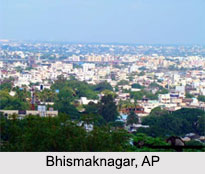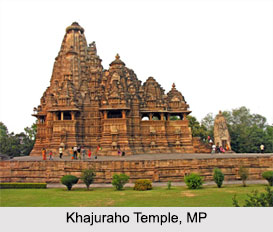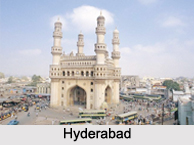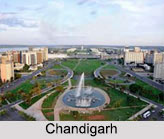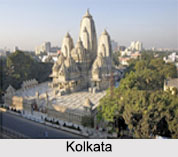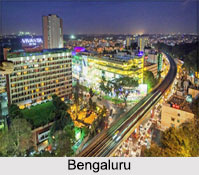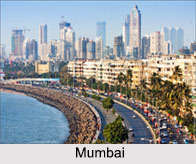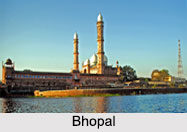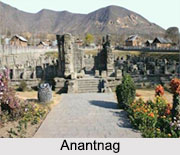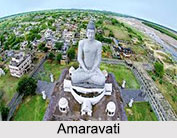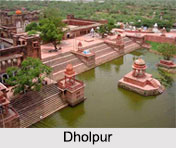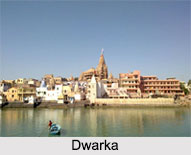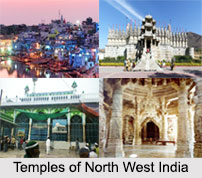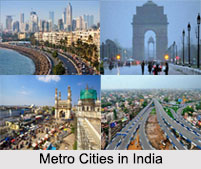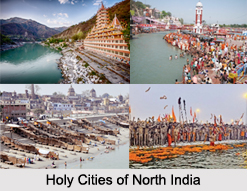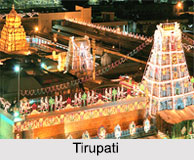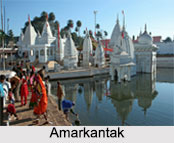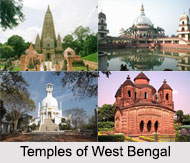 Khanna is a city and a municipal council in the Ludhiana district of Punjab. Khanna is a Punjabi word, which means one quarter (1/4 or 0.25). The city was named thus because it used to be very small, just a quarter of what a normal city should be.
Khanna is a city and a municipal council in the Ludhiana district of Punjab. Khanna is a Punjabi word, which means one quarter (1/4 or 0.25). The city was named thus because it used to be very small, just a quarter of what a normal city should be.
Location of Khanna
Khanna is 40 km from the city of Ludhiana on the Grand Trunk Road (National Highway 1) and is home to Asia`s largest grain market. Its area is about 70 km2. Villages nearby include Payal, Ikolaha, Rahoun, Issru, Harion Kalan, Boothgarh, Bulepur, Rasulra, Ghutind, Bhattian, Libra, Ratan Heri, Bahumajra, Salana, Amloh and Salaudi singha di
History of Khanna
Khanna has the largest grain market in Asia. It is followed by the grain market of Rajpura (Punjab). Khanna is an ancient town which came into existence 500 years back. The medieval history of Khanna reveals that Sher Shah Suri built a number of inns at every 12 to 15 miles along the Delhi-Lahore road. One of the sarais was built in this area which is still known as the Purani Sarai. After the decline of Mughal Rule in India, in the Punjab, Banda Bahadur captured the area from Sirhind to Hoshiarpur. After that a jathedar of Dahedu controlled and occupied the whole of the area from Dahedu to Nabha. He married his daughter, Daya Kaur, to the King of Nabha. When a family dispute arose between the King and his new wife, she left Nabha for good and went back to live with her parents in Dahedu. According to Indian conventions she could not remain there forever. Therefore, her father gave her a "kann", or a "small portion", of the territory between Dahedu and Nabha that was well known for its agriculture. Over time, the pronunciation of the name changed from "Kann" to "Khanna".
Demography of Khanna
According to the Population Census in the year 2011, Khanna had a population of 128,130, out of which males were 67,811 and females were 60,319. The literacy rate was 84.43 per cent.
